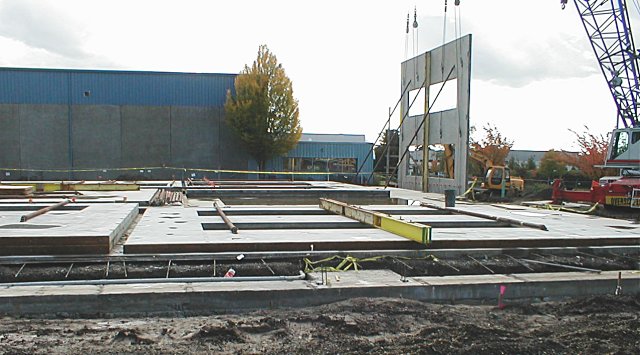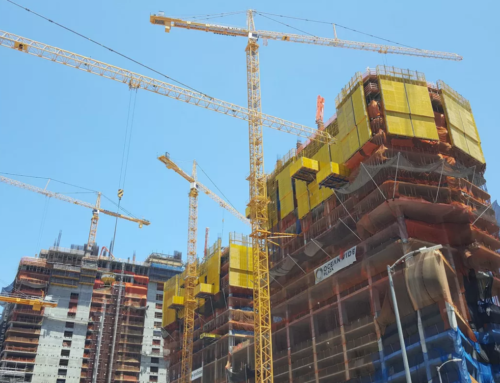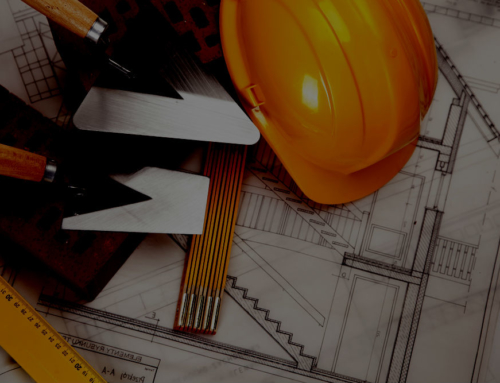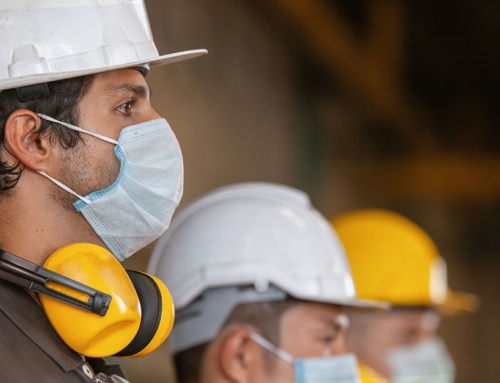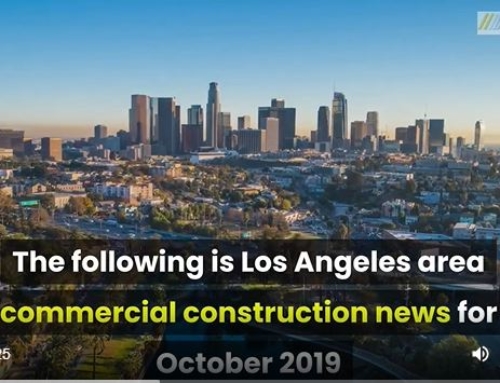Commercial Construction companies today face many more challenges than years’ past. From a skilled workforce shortage to increasing government regulation, construction managers must proactively address these challenges to minimize their impact…
Commercial construction is an ever-changing, complex, and complicated industry. Buildings go up all around us but very few people understand what’s behind these structures. Only those in the industry fully know and understand the hurdles construction managers must clear to build a durable structurally sound structure on-time and on-budget per the client’s specifications. We’ve compiled this breakdown of the top eight challenges today’s commercial construction manager faces.
Skilled Workforce Shortage
We here at H.W. Holmes, Inc. know that a commercial contractor’s greatest resource is the people they employ. While we’ve been lucky when it comes to finding (and keeping) highly skilled experienced laborers, construction itself is often seen as a less-than-desireable industry to get into. The work is physically taxing, dirty, and dangerous. Projects are inconsistent and there is always that threat of a lull in incoming work when seasons change or there’s an economic downturn.
When activity in the Southern California commercial real estate market slowed, many regional workers moved onto other careers as a necessity. Construction across the border also picked up and immigrant construction workers once so heavily used in the region opted to remain in their homeland for more steady work.
Safety & Health Concerns
There are more fatal injuries in construction than any other industry. On any given day there are roughly 252,000 active construction sites and 6.5 million workers exposed to workplace safety hazards like falls, trench or scaffold collapses, electrical shock, and injuries tied to equipment use or repetitive or strenuous motion.
In addition to human suffering, the financial hit construction companies take from workplace accidents is astronomical. It’s estimated that accidents annually account for $10 billion in construction costs.
While accidents can and will happen, commercial construction managers must prioritize workplace safety protocol and precautions for the sake of their workers and business. Most workplace accidents or deaths are found to be avoidable if training or safety measures were implemented properly.
The Bottom Line – Time is Money
When a commercial construction company is hired by a property owner or tenant, a return on that party’s investment is expected. Lost revenue due to delays contributing to the loss of customers, clients, or tenants is unacceptable. This often means a high volume of work must be completed within a tight time frame on a strict budget. Construction project managers have the responsibility of setting forth a comprehensive plan and then closely monitoring progress to ensure they stay on track and can also swiftly react when something goes awry.
Nature of the Work
Construction involves a bunch of interdependent activities cohesively coming together as one in the end. Naturally, this presents challenges that other industries typically don’t encounter. Seasonal weather, remote sites with access issues, occupied workspaces, neighboring properties, and equipment breakdown or malfunction are just a few potential things that can wreck havoc on a day’s productivity and the project’s overall timeline. It’s up to the project manager to identify and recognize these changing conditions and challenges and prepare for them to mitigate their impact.
The “I’ll Sue!” Society
The number of civil action lawsuits in the United States is growing at an alarming rate. This is a highly litigious society where liability and legal implications threaten any type of business. Needless to say, the very nature of the construction industry exposes contractors to potential lawsuits. It’s important for commercial contracting companies to make sure all contractural agreements between them and a building’s owners, tenants, and occupants include verbiage that protects their interests.
Increasing Government Regulation
Commercial contractors today face increasing government regulation from federal, state, county, and local governments. From unnecessarily restrictive local building codes and licensing requirements to permit requirements, environmental and safety laws and more. Adhering to these regulations can prove to be costly and limiting.
Being Environmental Friendly
Even if you’re personally a climate change denier, a number of strict laws have been implemented over the last few decades to protect both the natural environment and public health. It’s important for project managers to have a clear understanding of permit requirements and environmental requirements they must adhere to and oversee. Failure to do so can delay their project, harm their reputation, and lead to potential fines, civil action, or even criminal prosecution.
Outside Pressures
The construction industry has been impacted much more by social and political pressures today than in the past. Projects can be stalled as a result of community or political pressure. Everyone from adjacent property owners, businesses or institutions as well as civic organizations and community groups may want their say in the process.
In Conclusion…
As you can see, project managers in the commercial construction industry must be keenly aware of the risks and challenges they face. The consequences of not doing so can be extreme and business-ending. H.W. Holmes, Inc. – a Southern California commercial construction company – pride ourselves on the level of construction project management we bring to each and every job. From start to end, we’ve mastered the art of planning, directing, and coordinationg all resources to ensure project objectives are met regardless of whatever challenges or obstacles come along.

